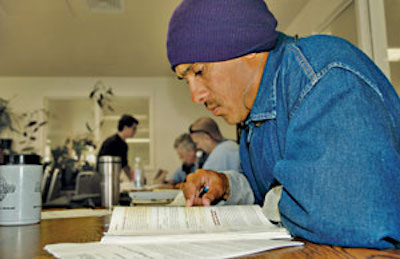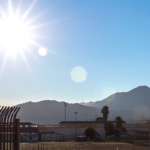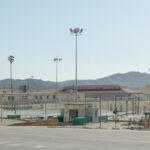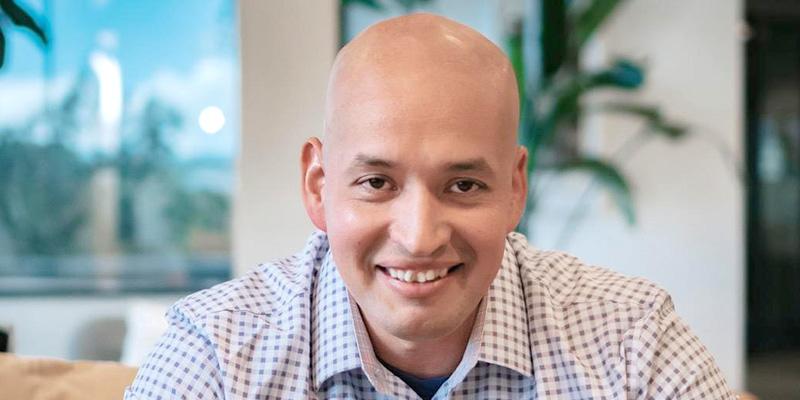To get past the triple set of iron gates of California’s notorious San Quentin State Prison, I must abide by the following rules: No cell phones, cameras, or recording devices. No backpacks, purses, or wallets. And no blue or orange clothing, because those are the colors that the inmates wear.

As I am being escorted across the prison yard to the modular education building, I’m moved by the sight of several hundred inmates dressed in prison-issued blue denim uniforms exercising and playing sports. They look just like ordinary people, and my initial fears about visiting this place subside. I’m here to observe a general chemistry course being offered for the first time to inmates taking part in the College Program at San Quentin.
The classroom looks like one found in elementary school. Colorful posters adorn the walls, and the students sit two or three to a table. In front of the room is a dry-erase board and an overhead projector. There are no computers and no visual aids; it’s chemistry without the frills.
When the instructor, Charles (Chip) Crawford, asks, “Who can describe what an ionic bond is?” five hands go up. “It’s where two atoms share an electron,” one student offers. “That’s a covalent bond,” Crawford says, correcting the student. And he proceeds to explain what an ionic bond is. The students—16 inmates, each wielding a calculator and the American Chemical Society textbook “Chemistry in Context: Applying Chemistry in Society“—are reviewing for their final exam.
From May through August, the class met for four hours every Friday. Starting with around 30 students, the class ended up with 17 taking the final exam. Crawford, a fourth-year chemistry graduate student in the lab of Alexander Pines at the University of California, Berkeley, taught the course with fellow UC Berkeley grad students Michael Rousseas (physics), Alex Fabrikant (computer science), and Erik Douglas (bioengineering).

The grad students say that these prisoners are some of the most motivated and hard-working students they have ever taught. The prisoners, in turn, say that these volunteers have inspired them to work hard and seek a better life for themselves. The truth is, this unusual chemistry class has changed the lives of everyone involved.
Studies show that prisoners who participate in educational programming are at a lower risk of relapsing into crime after being released from prison. A 2001 study conducted by the Correctional Education Association, for instance, reported that prisoners who participated in correctional education were 29% less likely to be incarcerated again than prisoners who did not participate in such programming.
Attribution: This originally appeared on Chemistry and Engineering News on October 22, 2007. Read Story
Please note that the Prison University Project became Mount Tamalpais College in September 2020.











